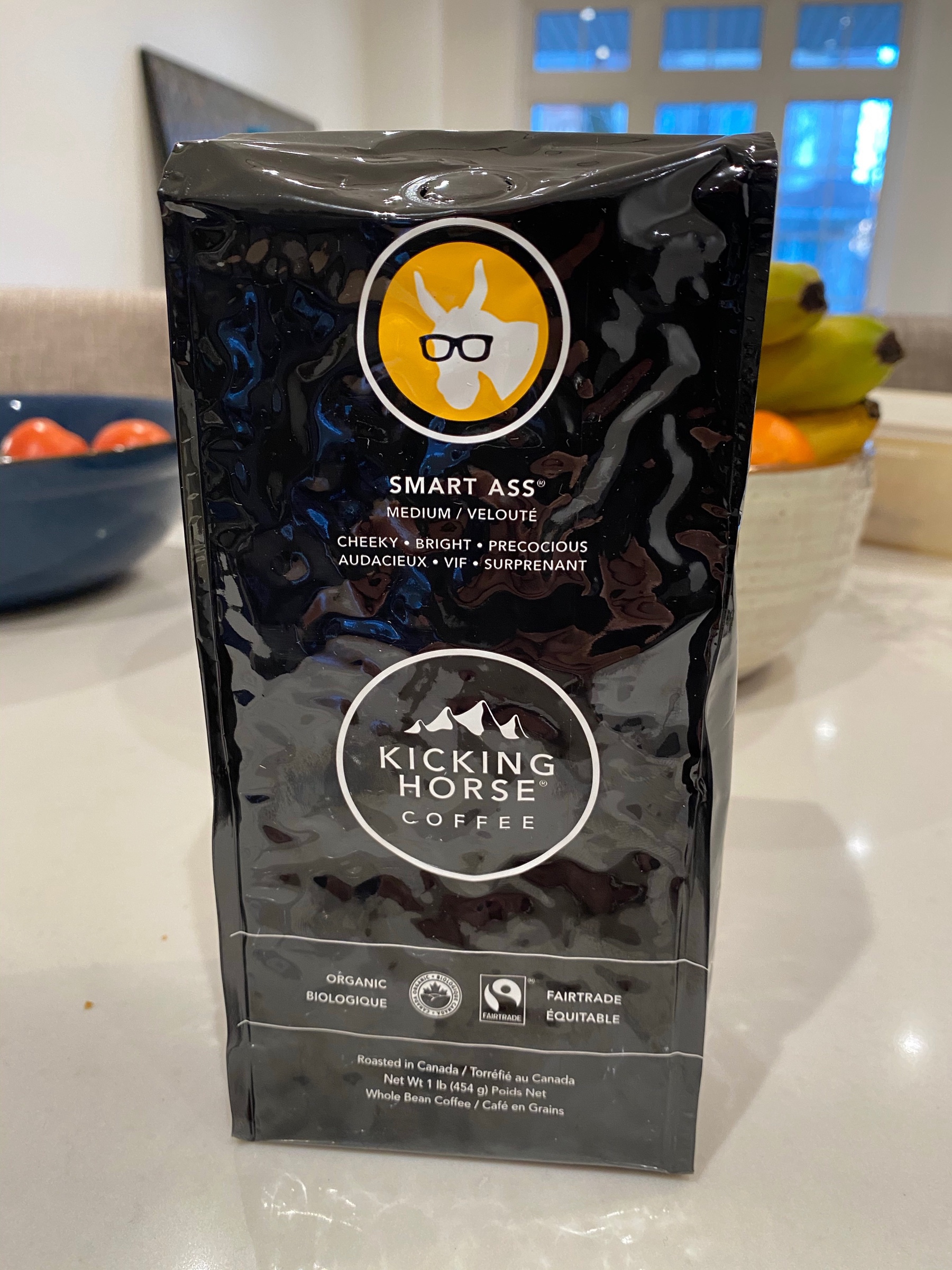Great day for skiing!
Wore out the kids by the end. They’ve been inside too much recently 😀
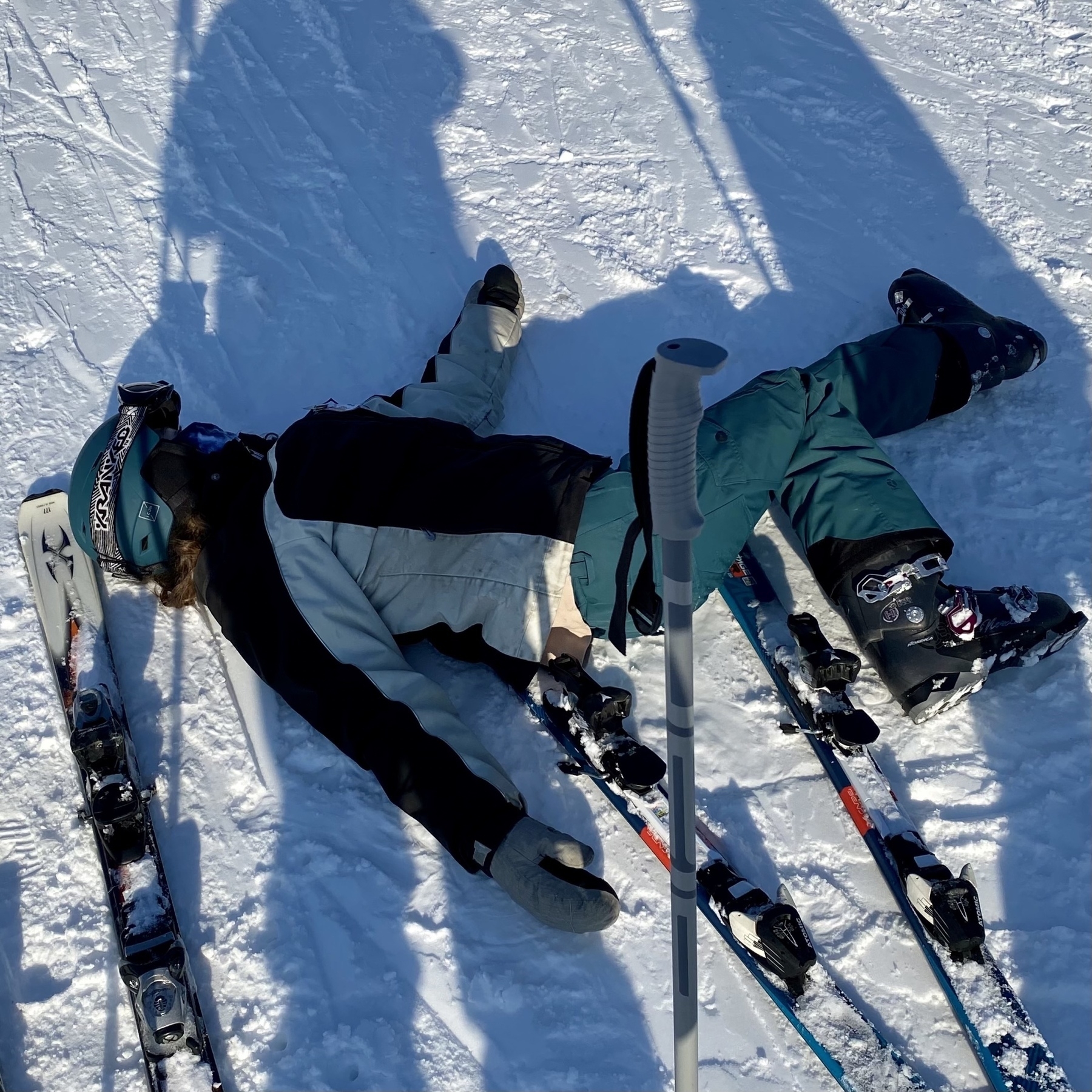
Great day for skiing!
Wore out the kids by the end. They’ve been inside too much recently 😀

Fantastic to have season 2 of For All Mankind out. I really enjoyed season 1 and this new season looks promising

Currently reading: The long way to a small, angry planet by Becky Chambers 📚
Super exciting that Perseverance landed safely on Mars. We need more of this kind of good news and human achievement.

Seven and a Half Lessons about the Brain by Lisa Feldman Barrett is a charming, short book about how our brains work and our misconceptions about them 📚

Currently reading: Seven and a Half Lessons about the Brain by Lisa Feldman Barrett 📚
Qawa imperial stout with coffee and chocolate from Bandit Brewery. A good beer for a frozen night
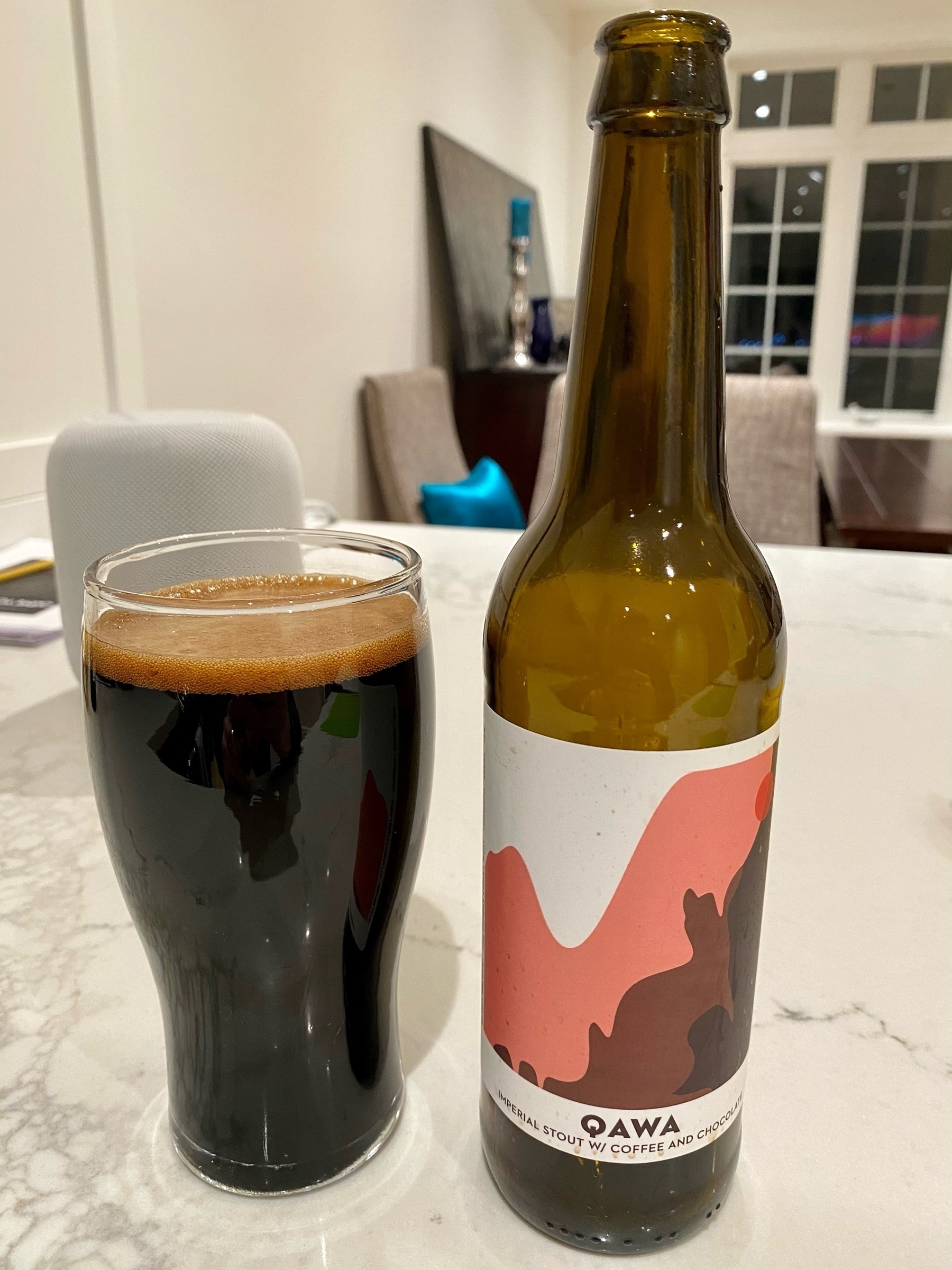

If you’re interested in how algorithms are affecting us, Hello world by Hannah Fry is a great read. Rather than explain how algorithms work, Fry describes their opportunities and risks in different parts of society, such as health, justice, and art 📚
A fascinating, weird, and unsettling conversation about the differences between the right and left hemispheres of the brain on the Making Sense podcast
A great, long article on the use and development of COVID models. Plenty of lessons for modelling in general, especially when human behaviour is involved, which is relevant for transit planning

Gideon the Ninth by Tamsyn Muir is a very imaginative and entertaining mix of sci-fi and horror 📚
Lucy wants to know when it will warm up from -15°C 🥶
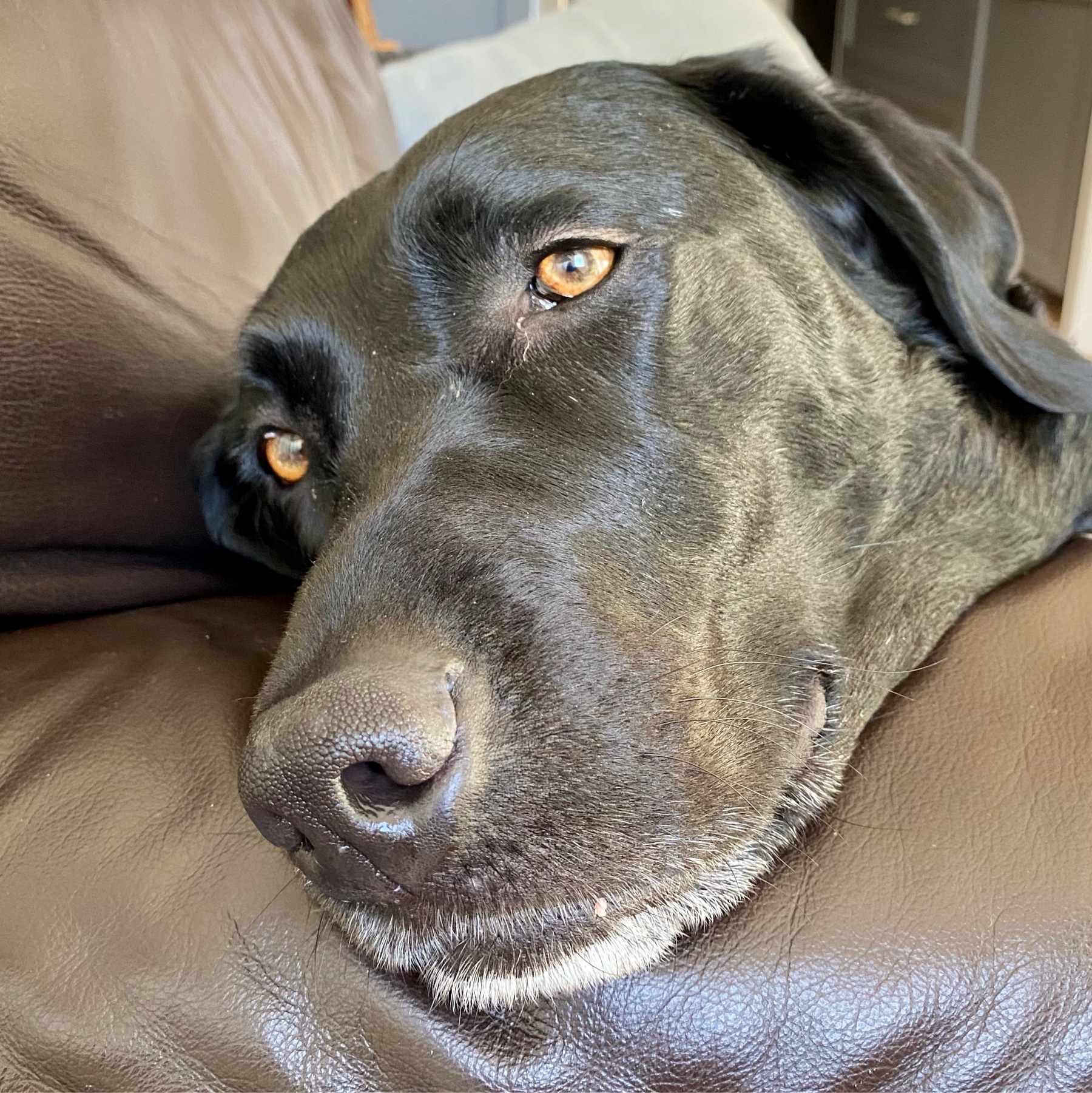
Star Trek: Picard is a flawed show that did a great thing — it gave TNG a proper ending
I agree with Matt Gurney’s take:
So Picard, really, is something I’d be judging on two entirely different levels: as a part of an existing Star Trek legacy, but also as a new addition to it. It’s a new show, and must be judged on its own merits, but it’s also a direct continuation of TNG, and must be judged on that basis, as well.
Despite some fair criticism, I enjoyed Tenet. Had to watch it twice to make sense of it though.

Blueprint by Nicholas Christakis is an interesting book about universal feature of our societies (the social suite) and how they are based on genetics, emergent properties, and complex network effects. The book has lots of interesting examples and makes clear connections between human societies and attributes of other animals.📚
Perhaps nothing @help can do about this, but figured worth asking. Bookmarks aren’t extracting article titles for Quanta Magazine
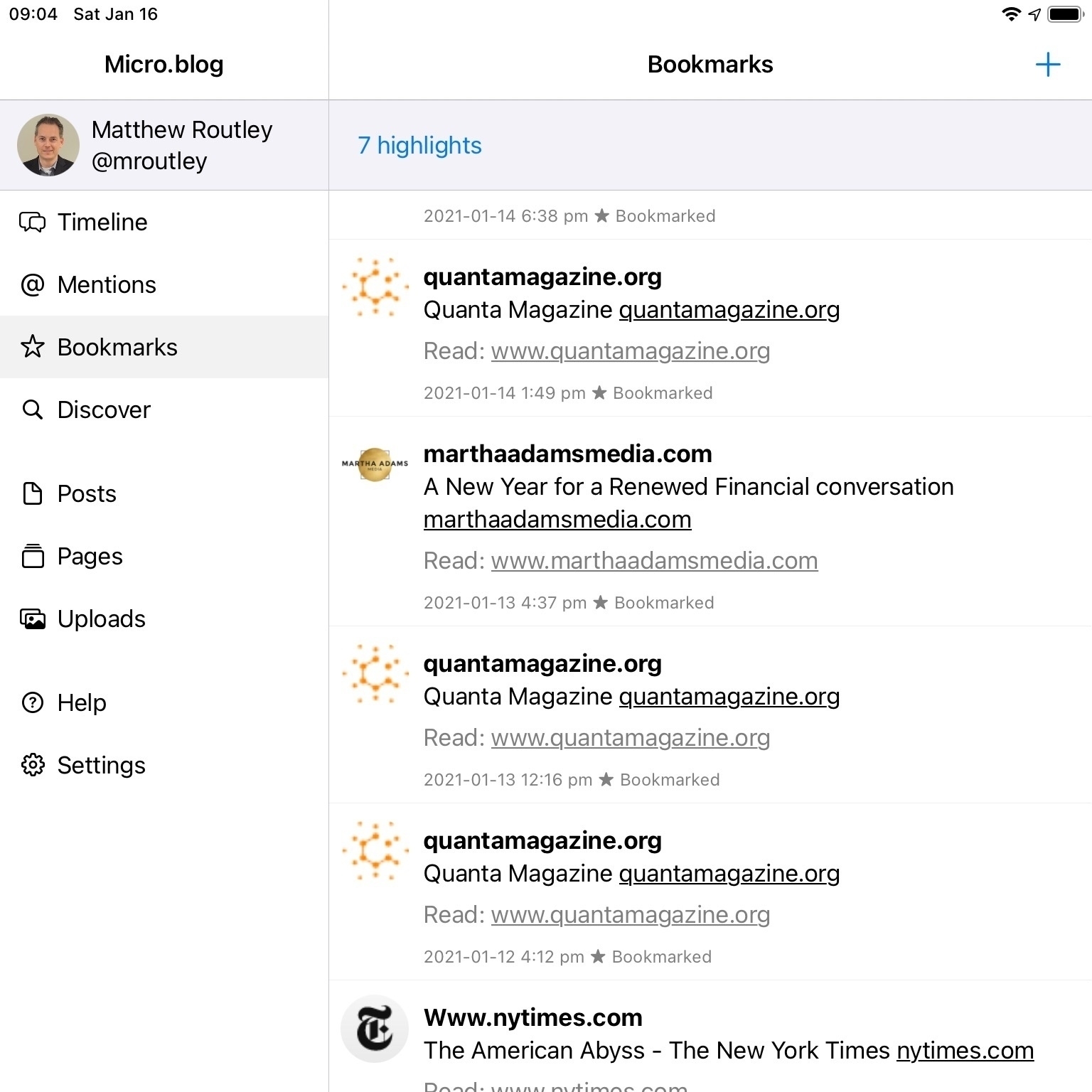
Making waffles
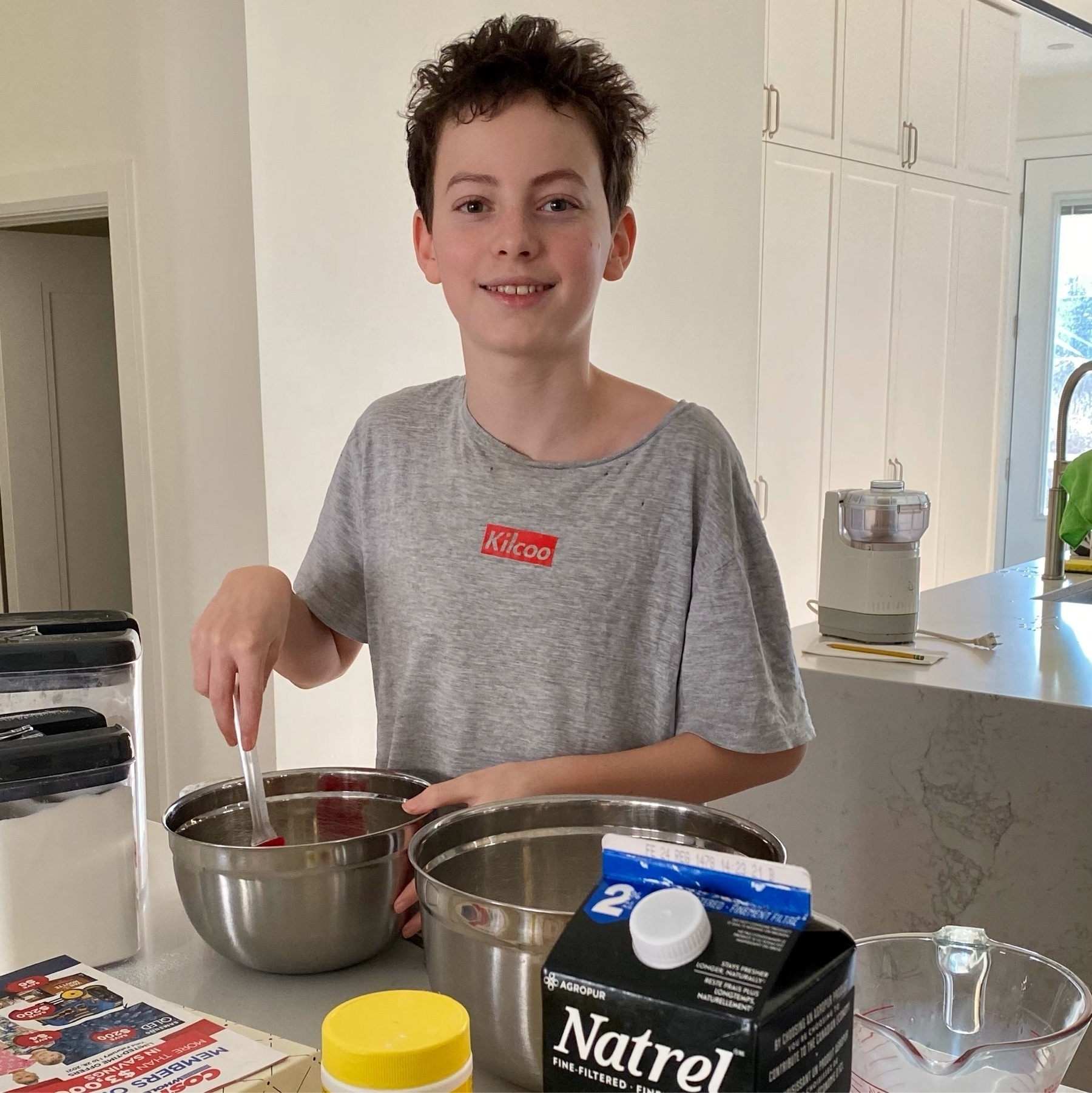
🥶🏃♂️
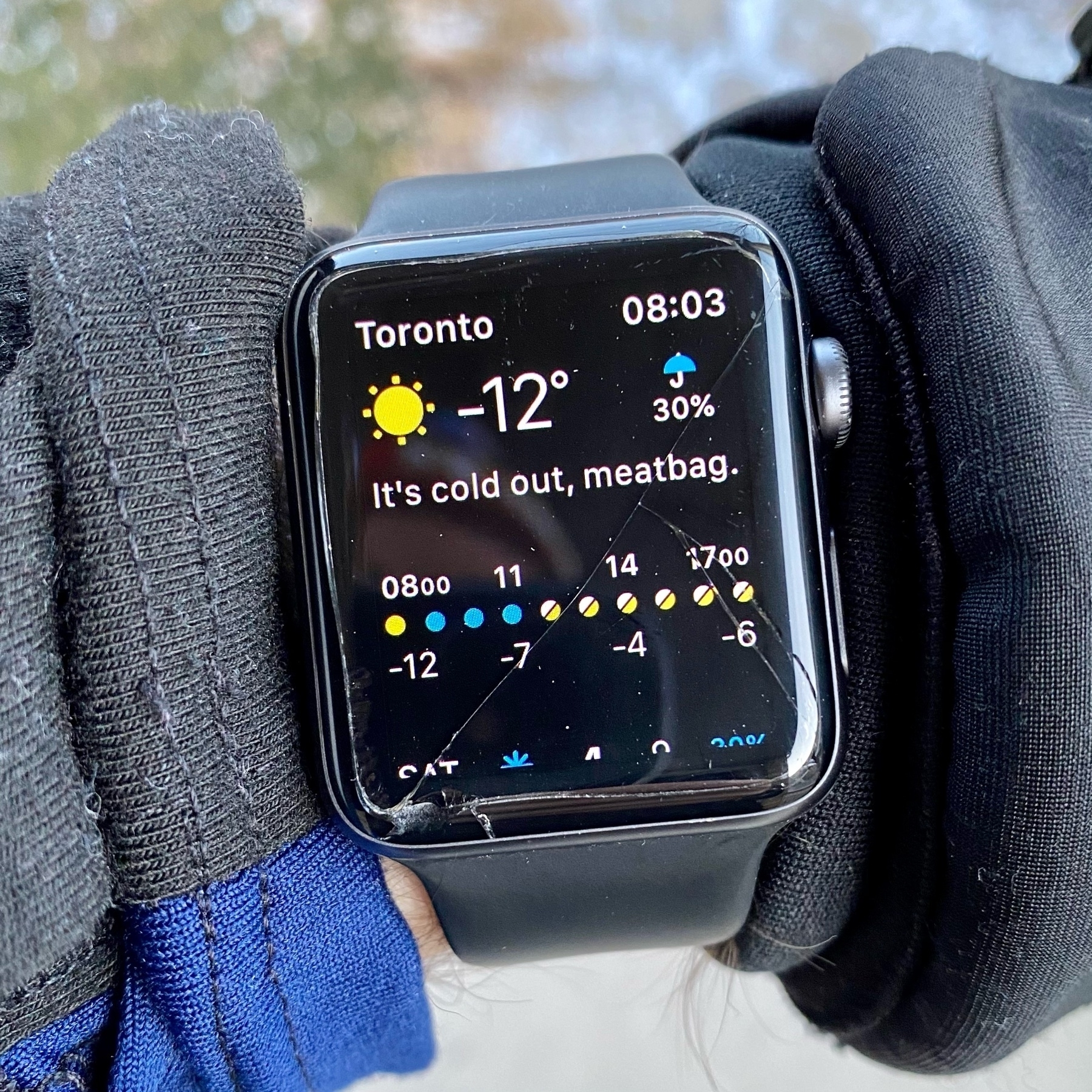
An interesting experiment: a favourite David’s Tea infused into a favourite Beau’s beer. I like it!
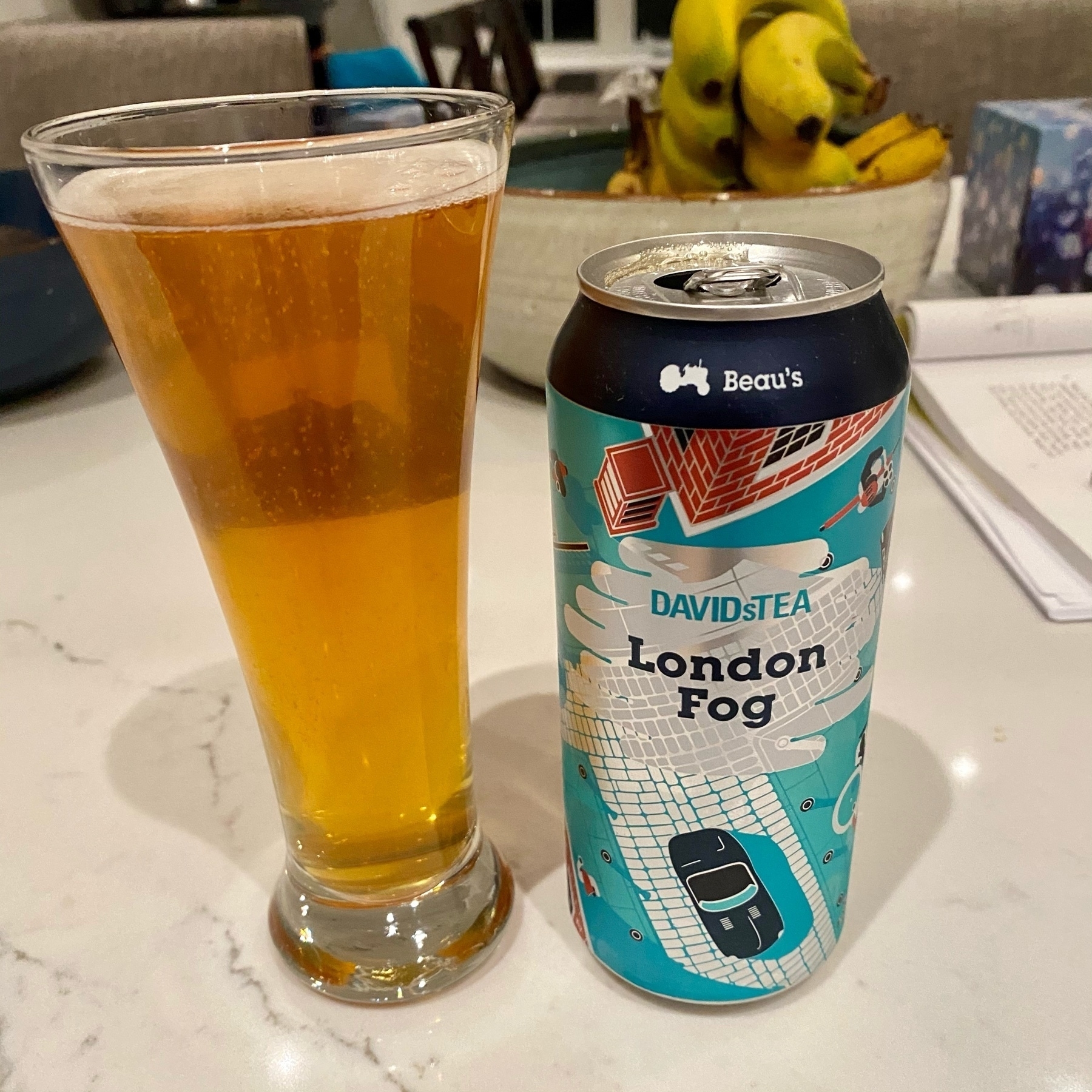
Trying a new coffee. A nice change from my usual dark roast.
